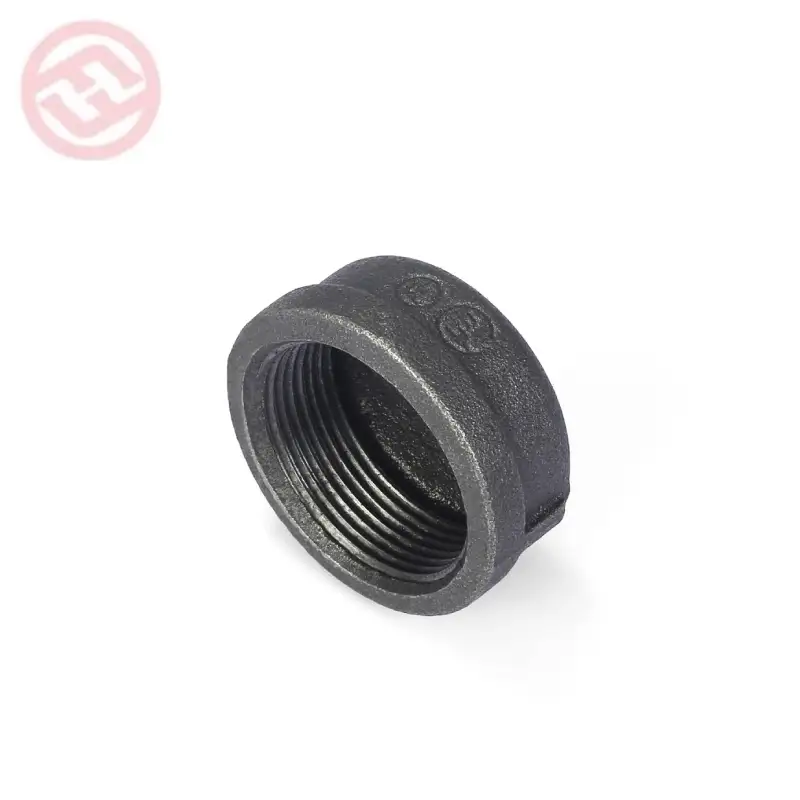In the realm of plumbing and piping systems, adherence to established standards in a pipe nipple chart plays a pivotal role in ensuring product performance and safety. Pipe nipple charts serve as essential guides, providing detailed information about dimensions, materials, and performance characteristics of pipe nipples. Compliance with these standards is not merely an option but a fundamental requirement for achieving optimal functionality and mitigating potential hazards.

1. Dimensional Accuracy:
Precise dimensional specifications are outlined in pipe nipple charts, ensuring that each nipple adheres to specific measurements and tolerances. This accuracy is crucial for proper fit and alignment within plumbing systems, preventing leaks, structural issues, and compromising performance.
2. Material Specifications:
Standards define the materials used in manufacturing pipe nipples, ensuring suitability for various applications. By adhering to these specifications, nipples are crafted from materials that can withstand the intended conditions, preventing corrosion, chemical reactions, and material degradation that could jeopardize safety and performance.
3. Pressure and Temperature Ratings:
Pipe nipple charts provide pressure and temperature ratings, ensuring that nipples can safely handle operational conditions within a plumbing or piping system. Compliance with these ratings prevents failures or ruptures that could lead to accidents and compromise the integrity of the entire system.
4. Thread Specifications:
Standardized thread specifications in pipe nipple charts ensure compatibility with other system components. Proper sealing and prevention of leaks are achieved through adherence to these specifications, enhancing overall performance and safety.
5. Corrosion Resistance:
Standards may require corrosion-resistant coatings or materials for pipe nipples, especially in environments prone to corrosion. By meeting these standards, nipples maintain their integrity, preventing performance issues and ensuring long-term safety.
6. Testing and Certification:
Established standards often mandate rigorous testing procedures and certification requirements for pipe nipples. Adherence to these standards ensures that nipples undergo thorough evaluations, with only those meeting the specified criteria receiving certification. This process instills confidence in product quality, performance, and safety.
7. Installation Guidelines:
Proper installation is critical for the effectiveness and safety of pipe nipples. Standards provide guidelines for installation, including torque specifications for threaded connections. Following these guidelines prevents over-tightening or under-tightening, minimizing the risk of leaks and ensuring optimal system performance.
8. Fire Safety Compliance:
In fire protection systems, specific standards related to fire safety are essential. Adherence to these standards ensures that pipe nipples can withstand extreme temperatures and maintain their integrity during emergencies, safeguarding lives and property.
9. Chemical Compatibility:
Standards address chemical compatibility for specific materials used in pipe nipples. Compliance with these standards prevents adverse reactions that could compromise the integrity of the nipples and the overall system’s safety.
10. Documentation and Traceability:
Adherence to standards involves proper documentation and traceability of materials and manufacturing processes. This enables manufacturers to trace the origin of each nipple, facilitating quality control and enabling prompt corrective actions if any issues arise.
11. Regulatory Compliance:
Many industries have regulations that mandate adherence to specific standards for pipe nipples. Compliance with these regulations is essential for legal and safety reasons, ensuring that nipples meet the necessary requirements set by governing bodies.
12. Industry Best Practices:
Following established standards aligns with industry best practices and collective expertise. Manufacturers adhering to widely accepted standards benefit from the accumulated knowledge and experience of the industry, contributing to the overall safety and performance of pipe nipples.